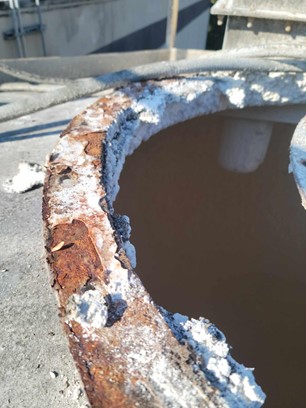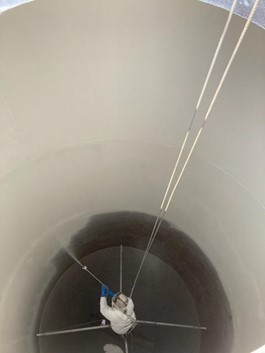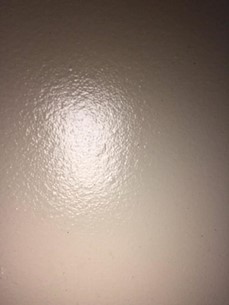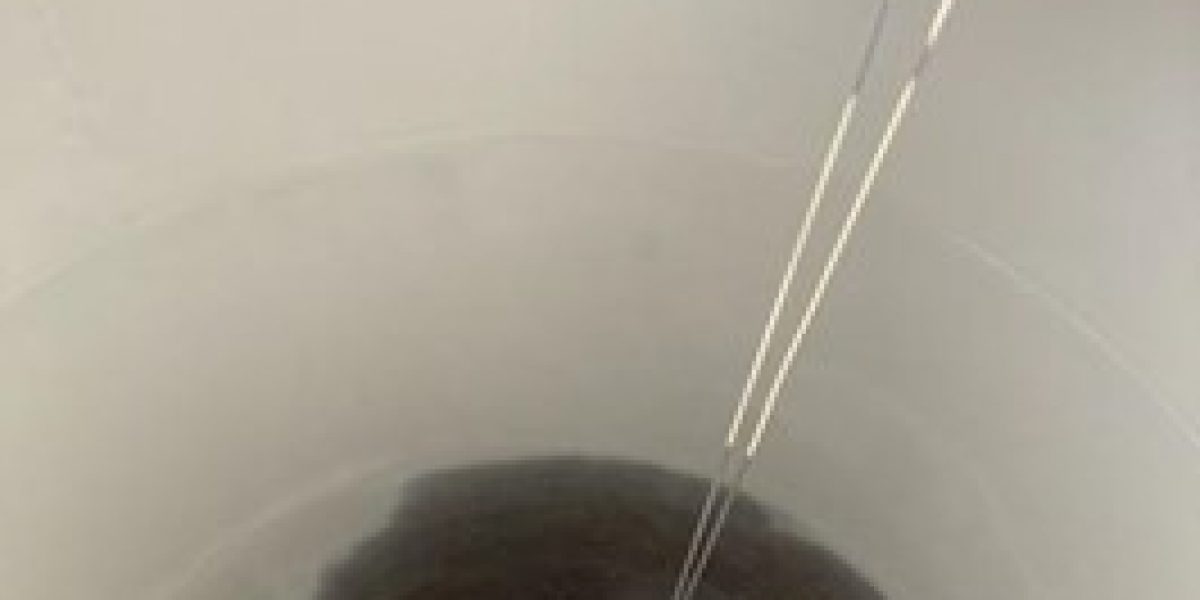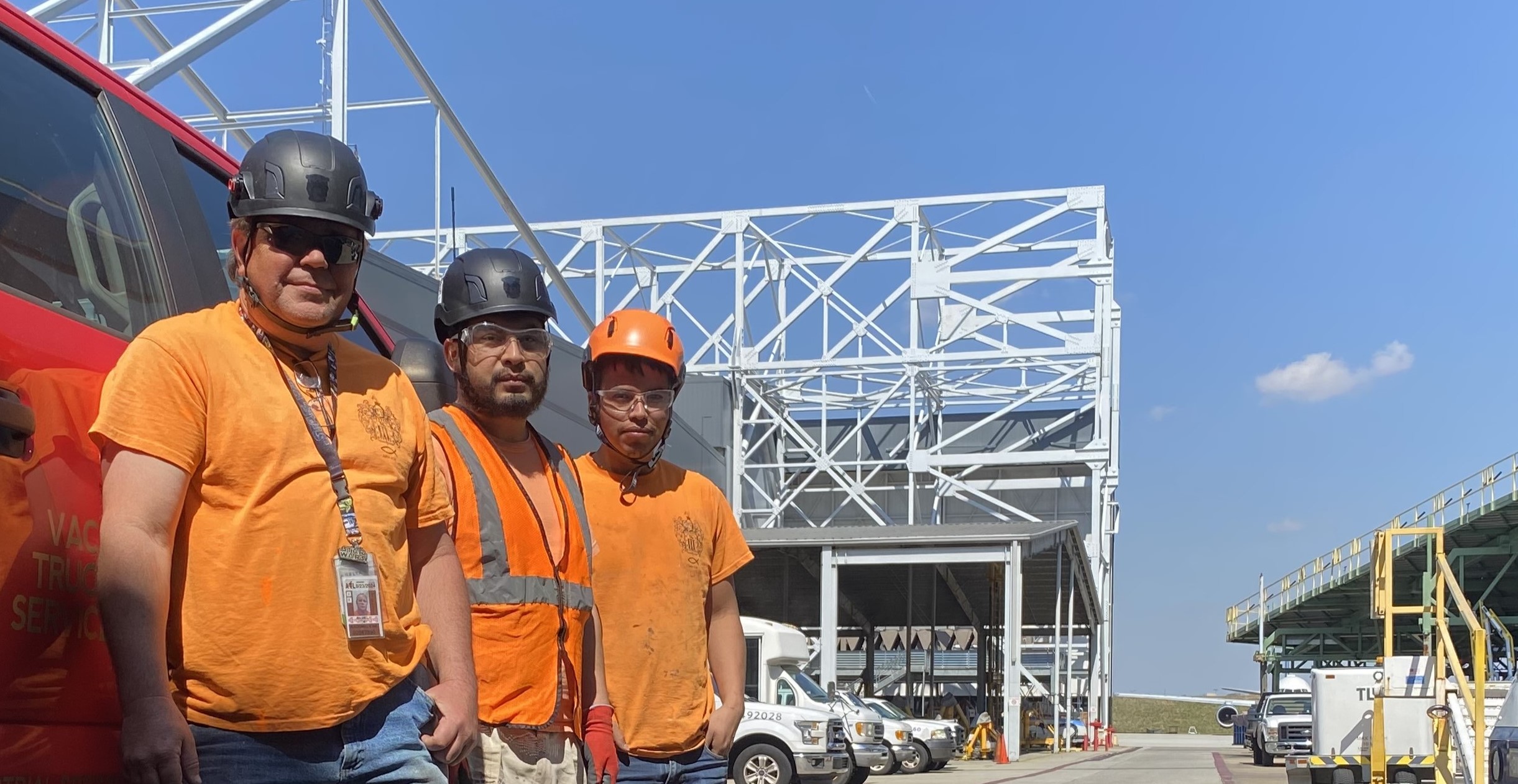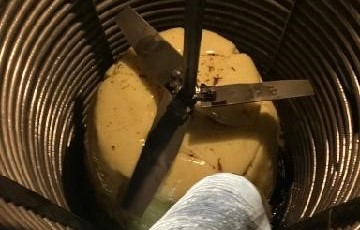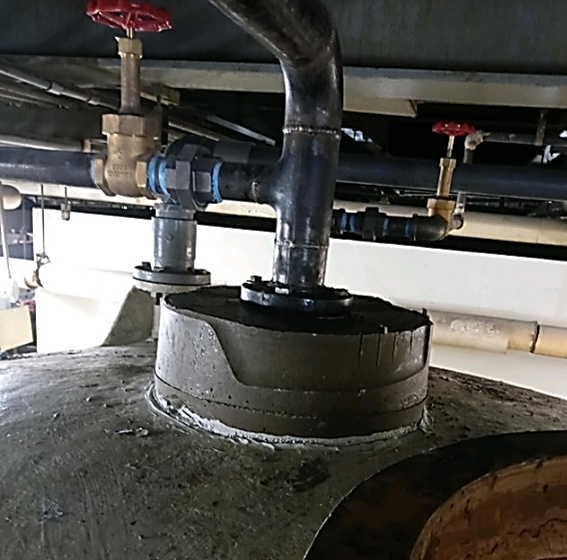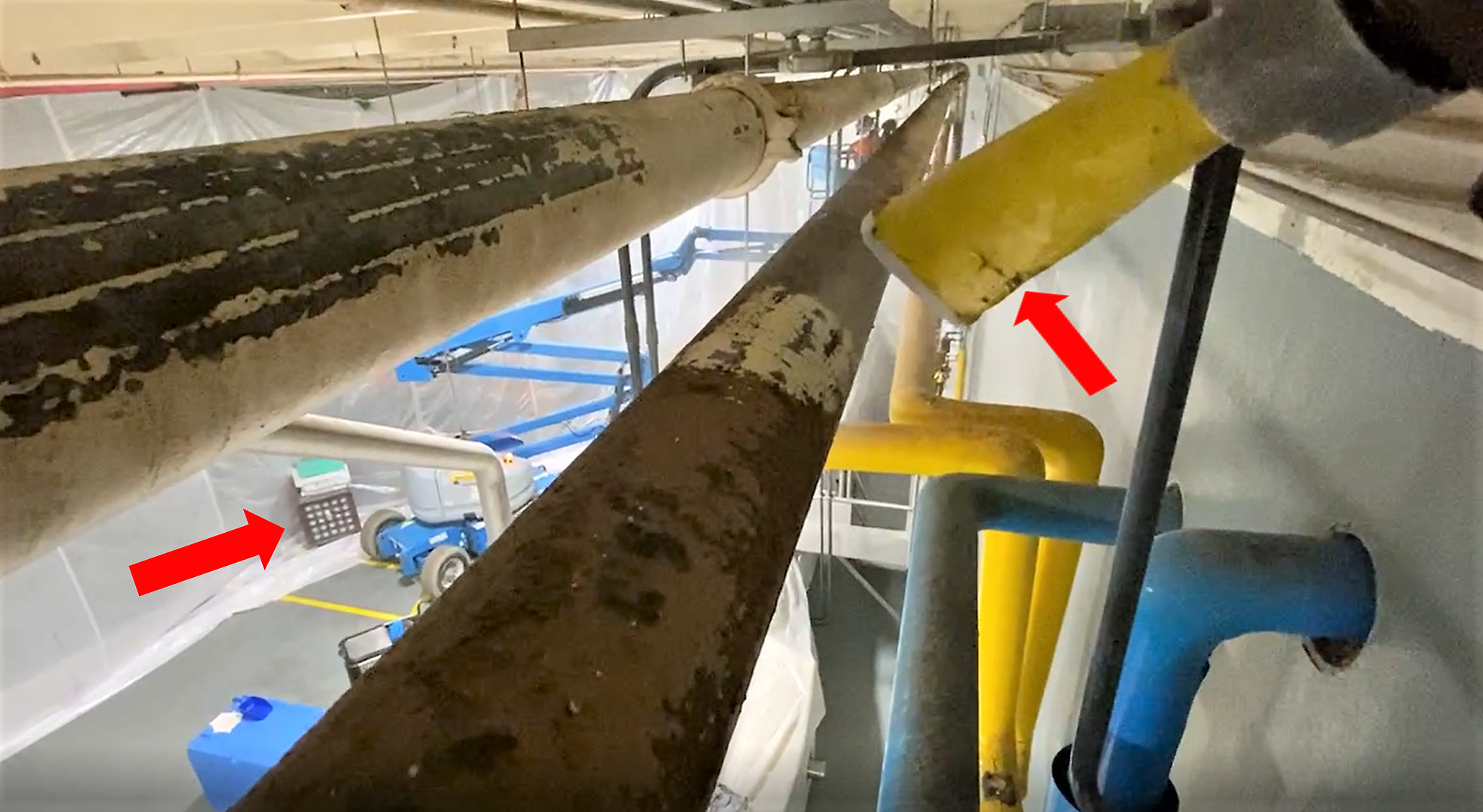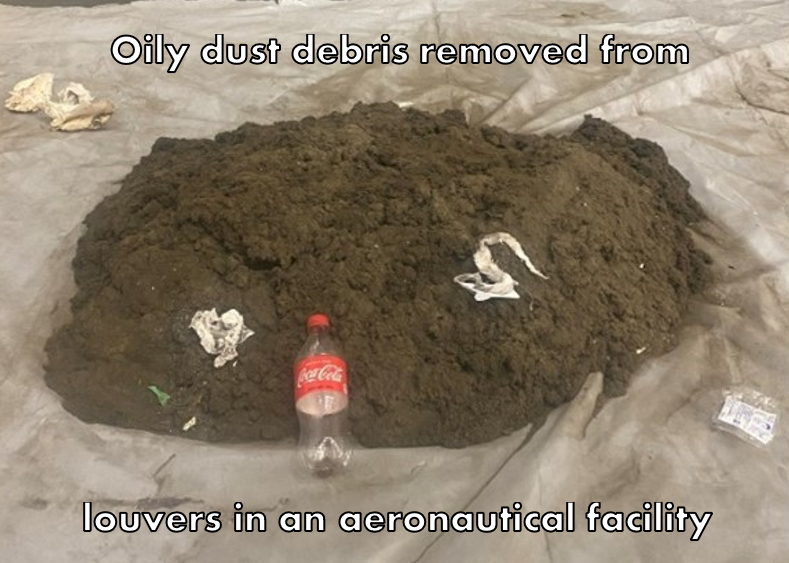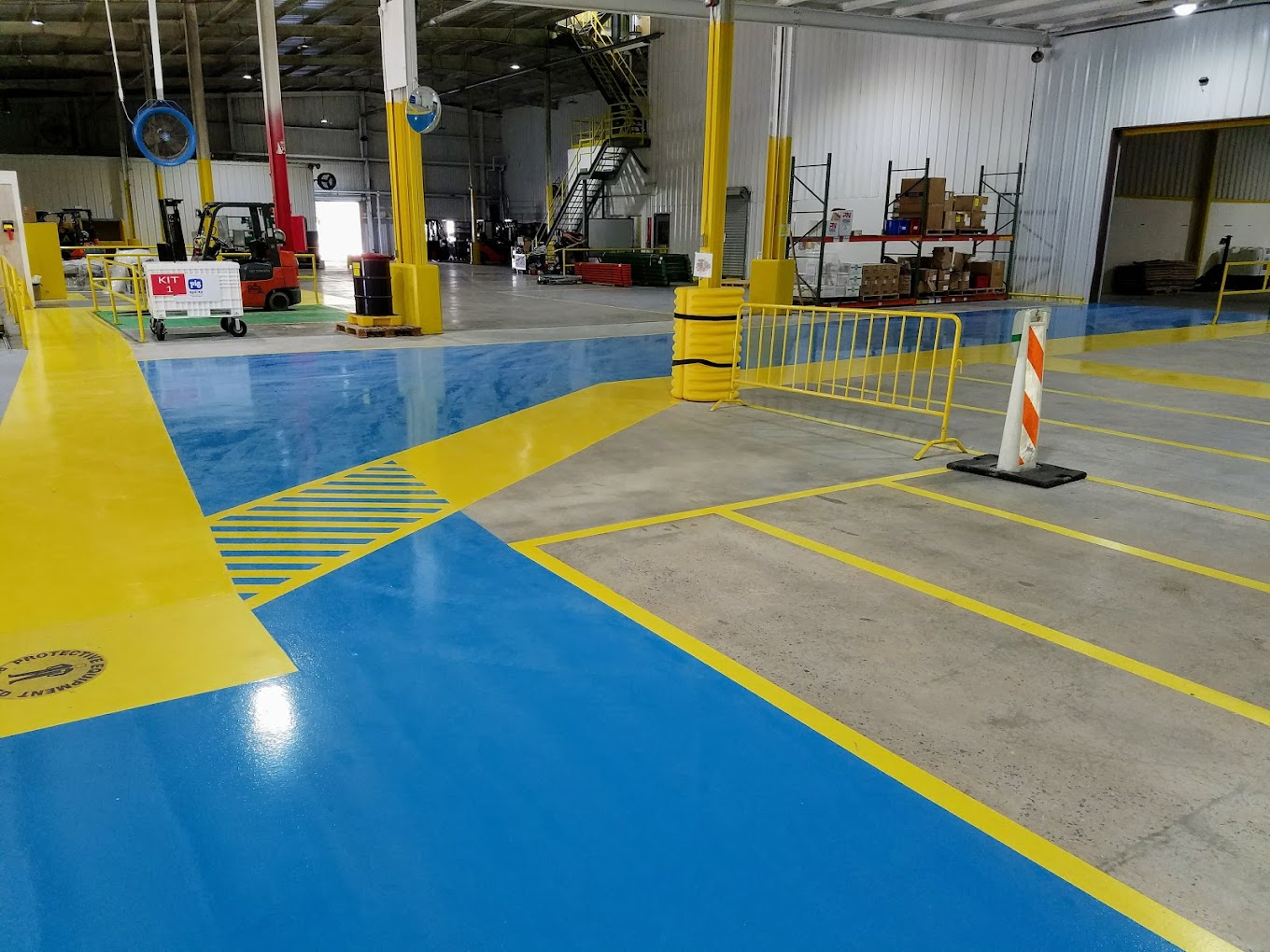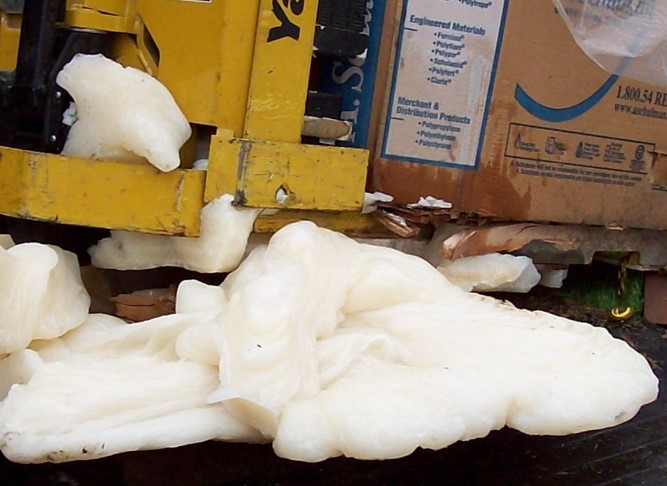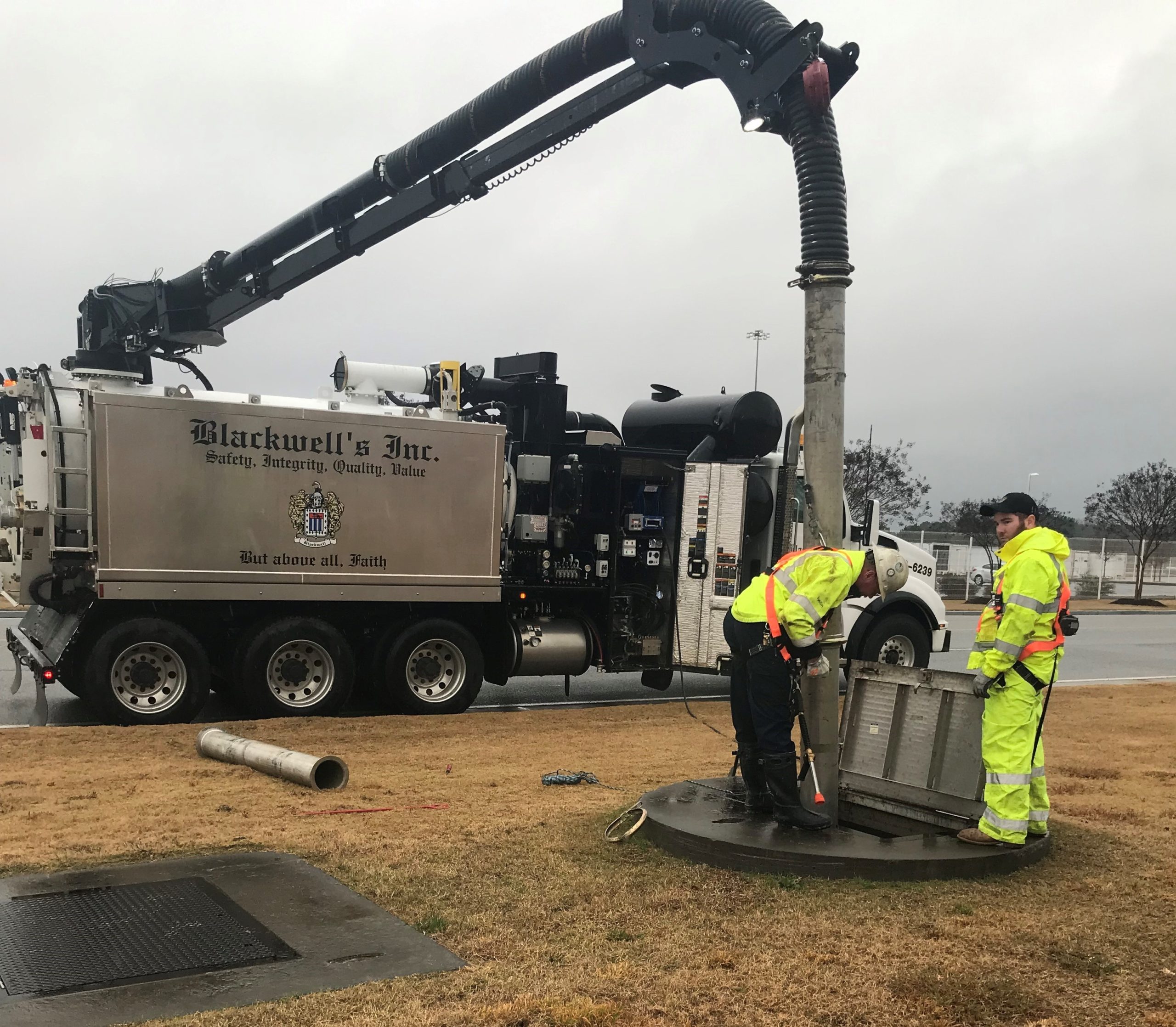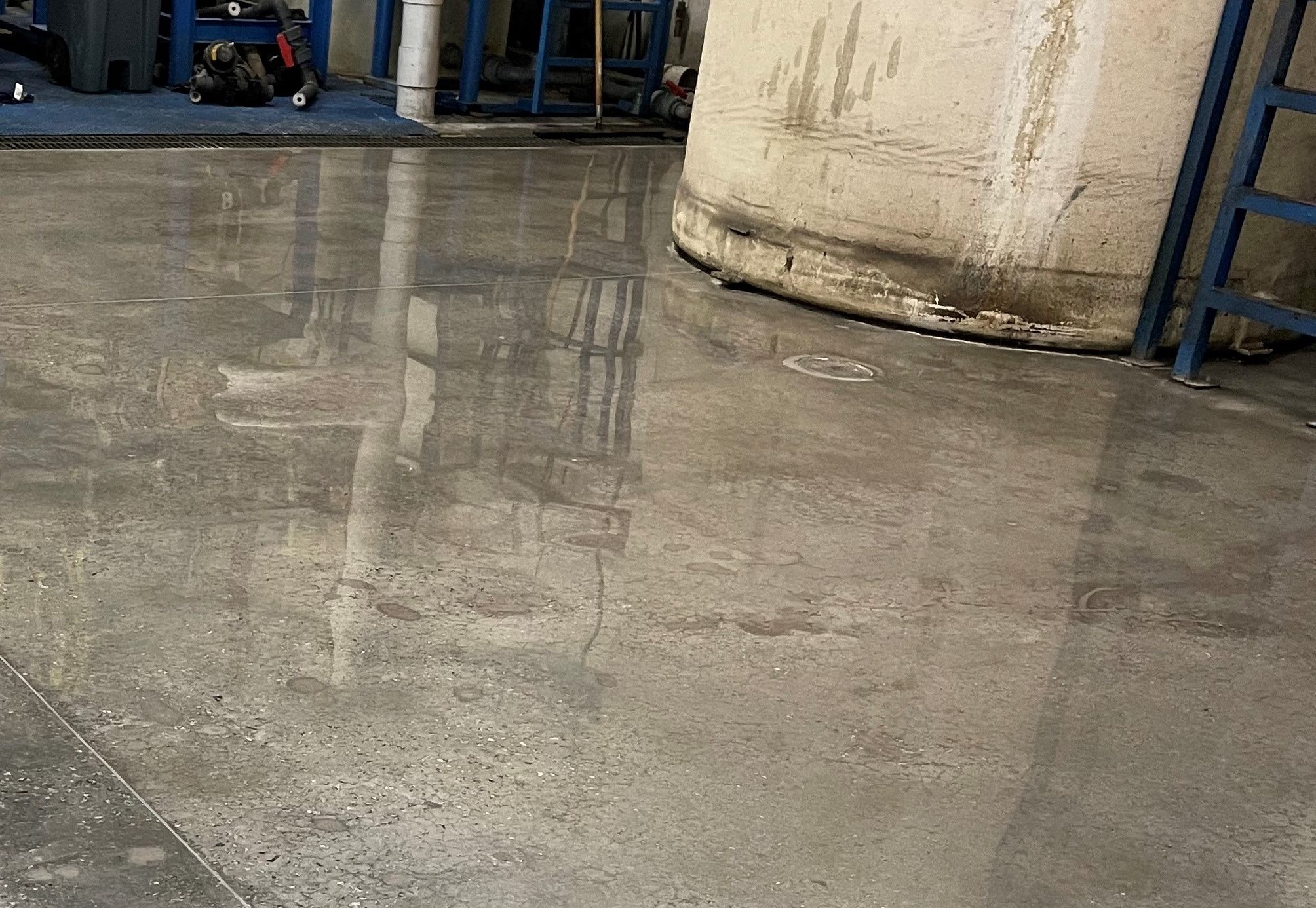A food product manufacturer began discovering abnormal “tailings” or food materials that failed to pass through the first sieve screen of their flour sifter. Unsure whether the “tailings” occurred before or after a flour delivery, Blackwell’s, Inc. was called to inspect the silo containing the flour. The visual inspection revealed the “tailings” in the flour came from the flour supplier.
One Problem Uncovers Another
The inspection of the silo interior also revealed that the silo itself had a bigger problem than the “tailings” found in the flour.
The age of the silo was a key factor in the problems Blackwell’s, Inc. found in the inspection. Over the years, the silo had at various times, contained flour mixed with bran. Bran is a much harder and larger particle than flour and the flour and bran mix, pumped into the silo at a high speed and pressure, caused the coating that lined the silo to fail.
Flour silos have a thin liner. A silo for bran heavy flour or bran itself would have a much heavier duty silo coating or liner. Since this flour was delivered to a bakery silo, the bran should have been filtered out and removed from the flour before it was shipped from the grain milling company and before it arrived at the food manufacturer’s bakery.
Improper Hatchway Seal
The coating failure at the silo hatchway also resulted in an improper hatch seal, allowing water intrusion into the silo. Moisture is a required component for the growth of a variety of organic problems in the food industry. Microbial and bacterial contamination of flour has seldom been a problem because of the low moisture content of the flour itself. If a failed hatchway seal allows water to enter the silo and gain entrance to the flour, organic matter can start to grow. The resulting organic growth contaminates the product, resulting in serious issues for the manufacturer.
Blackwell’s Inc.’s industrial cleaning associates evaluated the atmospheric conditions inside the silo and after verifying it was safe to enter and using industrial cleaning techniques, brushed down the remaining flour clinging to the silo interior.
Failed Silo Coating Removed
Using a dustless vapor blasting system, we removed the failed coating liner and prepared the oxidized steel silo for a new liner. This vapor blasting method met SSPC-10/NACE 6 Commercial Grade Blast specifications.
After the silo was vapor blasted, a new FDA Direct Food Grade Contact Liner was applied according to the manufacture’s specifications. Utilizing an airless sprayer, two coats of the liner was applied at a consistent thickness.
Coating installation requires testing during and after application process. The new liner was inspected after each coat to confirm the absence of holidays (ASTM D5162-21), cracks, and pinholes. Any imperfections were addressed and corrected according to specifications to ensure a high-quality finished product.
